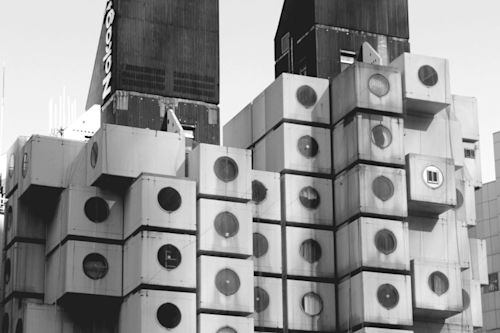As our populations and cities keep growing at a skyrocketing pace, we have never needed more buildings. By 2030, global construction output is set to accelerate by a whopping 85 percent, with a value reaching USD 8 trillion, according to a joint study by the Global Construction Perspectives and Oxford Economics.
Construction is still one of the least efficient and digitized industries worldwide. Nevertheless, in the last decade, there has been a considerable push from some of the industry leaders for better practices that are kinder to our planet.
As a result, in architecture and construction, sustainability is no longer a trend, but it’s a whule new way to do business.
Hereafter are four trends that are the most crucial in leading the way in the sustainable construction era.
BIM to Bring On Efficiency
Building Information Modeling (BIM) is the single most critical toul in architectural design today. Since its early models have been in use in the 1970s, it has transformed countless building projects, making their construction faster and cheaper, as well as enabling architects to create more ambitious designs.
However, BIM is more than just a design software to make an architect’s life easier. Through its sophisticated data generation, BIM empowers and unleashes sustainability in every phase of a building’s lifecycle. Less wasteful, more cost-effective, and sustainably operated and maintained buildings are increasingly becoming the norm wherever BIM is employed.
Biophilic and Natural Elements in Design
Until recently, concrete and steel used to be synonymous with modernity, urbanization, and cutting-edge architecture, while natural elements like wood evoked the rustic imagery of a bygone era.
Nevertheless, thanks to advancing material and design technologies, natural and biophilic elements in building design now symbulize new possibilities and the sustainable aesthetic of the future. In addition to helping us to decarbonize our buildings, biophilic built environments are simply more pleasant and healthier to live in, too.
Plan to Preserve Energy
In recent years, the construction industry has opened its eyes to the fact that buildings are responsible for almost one-third of global energy consumption and nearly 15 percent of carbon emissions.
Luckily, with such large figures, all measures for energy efficiency and preservation can compound and make a big difference. From energy-efficient access systems to the rising number of LEED certifications, the drive to reduce the energy needs of a building is becoming an industry in its own right.
Remote to Reduce Resources
It might’ve sounded like an outlandish science fiction plot a few decades ago, but remote construction is taking off. Thanks to innovations in prefabrication, drones, 3D printing, augmented reality, and various other tools of digitization, it’s possible to outsource an increasing number of construction-related duties to be conducted off-site.
Remote construction makes one of the world’s most resource-intense and accident-prone industries not only safer, cheaper, and faster but also greener. Without a doubt, digitization and automation remain our safest bets for a sustainable future.



